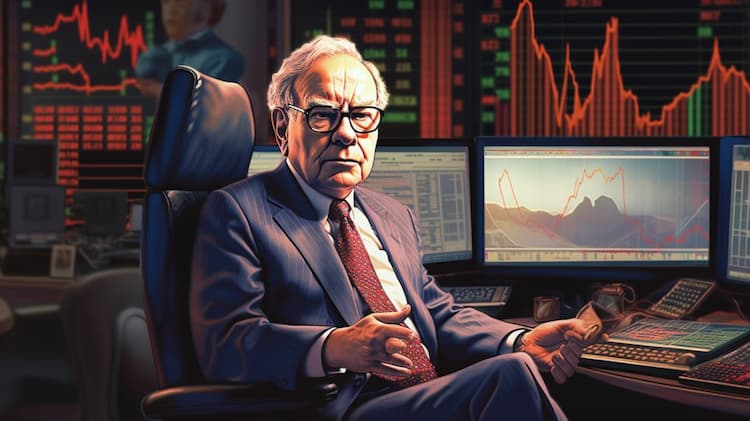
VTV VS VONV
In the ever-evolving landscape of investment opportunities, Exchange-Traded Funds (ETFs) have emerged as a powerful tool for investors seeking diversified exposure across various sectors and asset classes. In this article, we will embark on a thorough exploration of two prominent ETFs: VTV (Vanguard Value ETF) and VONV (Vanguard Russell 1000 Value ETF). By delving into the nuances of their tickers, full names, issuers, sectors, top holdings, capitalization, strategy, tracking, and exposure, we aim to provide a comprehensive understanding of these financial instruments.
VTV Vs VONV: Overview
VTV and VONV are two ETFs that offer distinct investment strategies within the value investing domain. While VTV focuses on companies with perceived undervaluation, VONV tracks the performance of value stocks in the Russell 1000 Index. The variance in their investment objectives results in divergent risk and return profiles, a comparison of which will be explored in the subsequent sections.
VTV Vs VONV: Sectors and Top Holdings
The VTV ETF concentrates on investing in companies across various sectors that exhibit value characteristics. Its top holdings include well-established companies such as Berkshire Hathaway, Johnson & Johnson, and Procter & Gamble. In contrast, VONV's portfolio is centered around value stocks within the Russell 1000 Index, encompassing sectors like finance, energy, and healthcare. Analyzing these sectors and top holdings empowers investors to align their investments with specific goals and preferences.
 VTV overlap VTV VS VONV
VTV overlap VTV VS VONV
VTV Vs VONV: Capitalization and Strategy
With a substantial asset under management (AUM), VTV stands as a considerable player in the value investing space. Its investment strategy revolves around identifying companies with attractive valuation metrics, which can potentially lead to capital appreciation. On the other hand, VONV's strategy involves tracking the performance of undervalued stocks within the Russell 1000 Index, aiming to capture value-driven opportunities. The disparities in capitalization and strategy between these ETFs introduce distinct avenues for potential growth and risk.
VTV Vs VONV: Tracking and Exposure
VTV's objective is to mirror the performance of the CRSP US Large Cap Value Index by investing in value-oriented companies. In contrast, VONV seeks to track the Russell 1000 Value Index, which represents value stocks within the broader Russell 1000 Index. Understanding the tracking methodologies and exposure strategies of these ETFs is crucial for investors to make informed decisions that align with their investment preferences and risk tolerance.
Conclusion
VTV and VONV stand as exemplars of specialized ETFs, each catering to distinct investment philosophies within the realm of value investing. For those keen on gaining deeper insights into the intricacies of these ETFs, including their holdings, correlations, and overlaps, ETF Insider emerges as the ultimate tool. With its user-friendly app, ETF Insider equips investors with comprehensive details about these financial instruments and many more.
Disclaimer: This article is intended for informational purposes only and does not provide investment advisory services.
VONV quote and analysis
Discover the top holdings, correlations, and overlaps of ETFs using our visualization tool.
Our app allows you to build and track your portfolio.
To learn more about the VONV Vanguard Russell 1000 Value ETF, access our dedicated page now.
FAQ
Why is VTV better than VONV?
VTV may be considered better than VONV for some investors due to its specific focus, offering diversification.
Does VONV beat VTV?
VONV's performance relative to VTV will vary over time, depending on market conditions.
Should I invest in VTV or VONV?
The choice between VTV and VONV should align with your investment goals, risk tolerance, and desired exposure.
Are VTV and VONV good investments?
Both VTV and VONV can be suitable investments depending on individual investment strategies, goals, and risk profiles.
What is the correlation between VTV and VONV?
The correlation between VTV and VONV can vary over time, reflecting differences in performance.

























